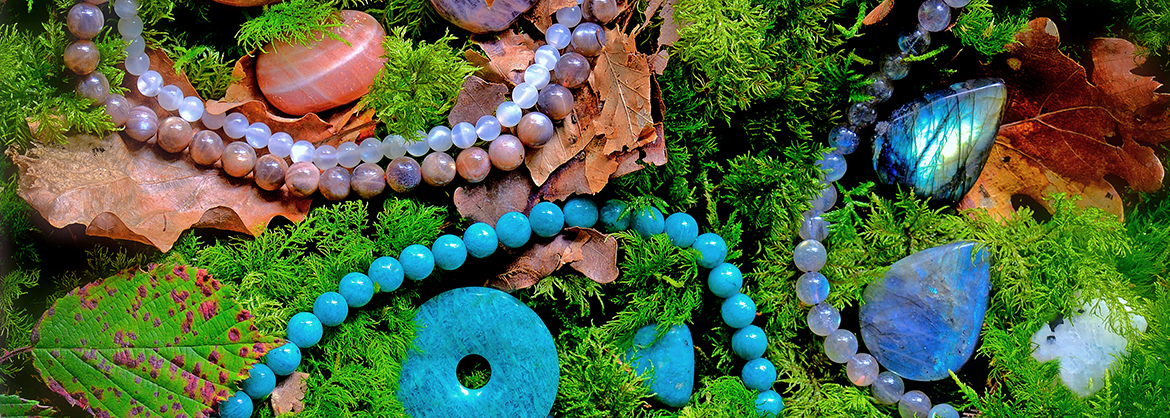
Feldspar - Bearing and meaning of minerals
Feldspar supports in this time of departure to change the perception of the environment and to look at the old also once under a different angle. The mental horizon is expanded, so that we can discover new things and develop perspectives. The desire for new knowledge and interest in life in all its diversity is strengthened.
Feldspar - what is it actually?
Feldspar refers to a group of rock-forming minerals that are very common throughout the world. In general, Feldspar is anhydrous alkali earth alkali aluminosilicate from the mineral class of framework silicates. The minerals of the Feldspar group can be distinguished mainly by their different contents of calcium (Ca), potassium (K) and sodium (Na). A first subdivision is thereby made into potassium feldspars and plagioclases.
The potassium feldspars are then classified according to crystal structure (monoclinic or triclinic) and formation temperature (high or low) into sanidine, orthoclase and microcline. The potassium feldspars include, for example, the Amazonite and Moonstone. Plagioclases are further subdivided on the basis of their calcium content into albite (0 - 10%), oligoclase (10 - 30%), andesine (30 - 50%), labradorite (50 - 70%), bytownite (70 - 90%), and anorthite (90 - 100%). Oligoclase includes, among others, sunstone (aventurine Feldspar).

As therapy and gemstones, the mainly four representatives of the Feldspar group are important - with a click on the mineral name there is more information:
Mineralogical profile of Feldspar
Chemical Formula: potassium feldspar (KaISi3O8); sodium feldspar (NaAlSi3O8); calcium feldspar (CaAl2Si2O8)
Formation: primarily as a constituent of almost all igneous rocks, but large crystals are exclusively pegmatic or hydrothermal in formation. Sometimes Feldspar also appears in metamorphic rocks, but almost never in sediments, since it weathers easily
Color: colorless, white, gray, pink, yellow, brown, bluish, greenish, depending on the admixtures.
Gloss, transparency: glassy luster, translucent to opaque
Moh hardness: 6 - 6.5
Crystal system: monoclinic (Orthoclase), triclinic (Plagioclase, Microcline)
Cleavibility: perfect, uneven fracture
Appearance: tabular, rarely thick-columned crystals, and massive or late aggregates
Origin of the name Feldspar
The name is composed of the words Feld (field) and spar. With the term "spar" miners have always referred to
minerals and rocks that can be split well. Often this was already recognizable from the outside by visible fissures. recognizable from the outside. When striking with a hammer, fine flakes, the so-called "spades" then detached.
For the origin of the name Feldspar, there are several theories: On the one hand, it would be possible that the typical occurrence of Feldspar in quite geometric form, for example, in the Granite is the origin of the term. Another thesis derives the name from the fact that fragments of Feldspar are often found in fields and fields. Feldspar would therefore be, according to this theory, the "spar from the field".
In the German language, both the plural "Feldspäte" and "Feldspate" are in common use.
 Feldspar localities
Feldspar localities
Feldspar is found all over the Earth, being a component of many rocks (60% of the Earth's crust)
Use of Feldspar
Feldspar serves as a raw material for the ceramics, enamel and glass industries. Adular and Albite form beautiful collector's specimens, but are not gemstones. In modern stone medicine, the representatives of feldspars, such as Amazonite, Labradorite, Moonstone and sunstone have their firm place.
Applications of Feldspar in gemstone healing
Common characteristics of the different Feldspar is the change of perception and perspective, so that the familiar is viewed in a new way. It broadens the mental horizon, brings new perspectives on life and improves mental flexibility.



 Feldspar localities
Feldspar localities